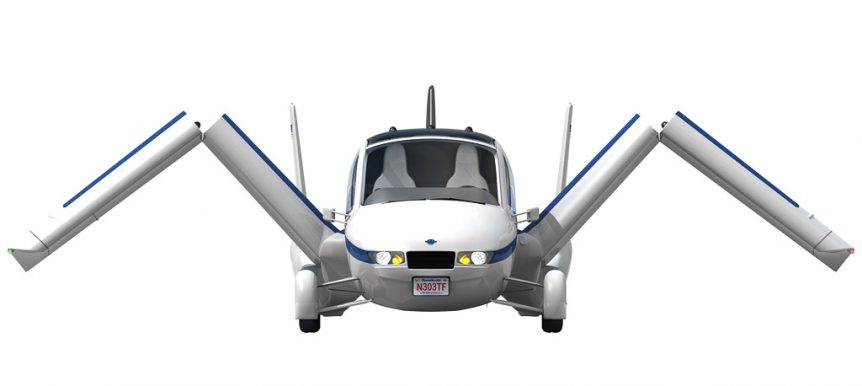Geely is a huge enterprise, and while not the largest maker of electric cars in China, sold 766,000 gas and electric vehicles in 2016, growing 50 percent over the previous year. Its profits grew 126 percent last year, primarily due to sports utility vehicle (SUV) sales. As EV Obsession reports: “The 351,861 electric car sales registered in China during 2016 represent approximately 46% of ALL plug-ins sold worldwide this year, with Chinese carmakers responsible for 43% of all EV production in 2016.”
Geely, surprisingly, owns Lotus, Malaysia’s Proton Motors, the firm that makes London’s iconic taxis, and Volvo. Volvo just announced that all its cars will be electric or hybrid starting in 2019. Fortune reports that the company has become highly profitable, with 2016 net returns doubling to 5.1 billion yuan ($741 million), and possibly rising to 7 billion yuan in 2017.
What is a successful company to do with all that money? The South China Morning Post reports on one option. Geely announced the purchase of Terrafugia, makers of a flying car (or more properly, a roadable aircraft) called the Transition. Terrafugia is currently accepting US$10,000 deposits for prospective buyers to reserve a spot in line to purchase the vehicle, with the first deliveries expected in three years’ time and at an estimated price tag of US$279,000.” This might be in response to a monster Geely and other Chinese auto manufacturers have created.
Terrafugia has flown at Oshkosh’s AirVenture in 2013 and 2015, showing off the plane’s folding wings that help transform it into a roadable vehicle. On its Rotax engine, the airplane has a claimed cruising range of 400 miles and a top speed of 100 mph. In roadable form, it can reputedly maintain highway speeds. It is equipped with a full-vehicle parachute and “advanced autonomous flight technologies such as automatic terrain avoidance,” according to the Post.
Even though it had raised $5.82 million in five funding rounds, deliveries were tentative and “Experts cautioned that it could take an additional 10 to 20 years for flying cars to hit the roads in Asia, sparing commuters of traffic jam woes.” Terrafugia pilots will find the same issues that faced Molt Taylor’s customers in the early 1950’s when they tried to buy an Aerocar. Your editor interviewed Molt several times and he explained that one deterrent to flying car ownership was the nine licenses required to drive and fly his machine. Terrafugia may have reduced that to eight, since the wings fold. Molt’s wings took about 20 to 30 minutes to detach and needed a trailer for towing. The trailer required a separate license.
Terrafugia is certainly not without detractors, though. Jalopnik notes a long history of promised deliveries, extended timelines, and expanded prices. The infusion of cash from Geely should allow honoring deposits on the $25 million of reserved backlog and moving forward with development of the VTOL TFX. The company’s 2013 video shows the premise and the promise of the machine.
The TFX might be a heavy lift, needing a megawatt of battery power to achieve VTOL flight. That’s about 10 Tesla P100 energy storage units. At currently reported costs to Tesla, each pack might be as low as $14,500, or $145,000 for the total Terrafugia. Of course, MSRP sticker prices will be higher to consumers. The fiscal weight is significant, but the physical load is even more so for a vertical takeoff machine. Depending on the source, a single Tesla 100kWh battery pack weighs 1,177 to 1,382 pounds. Since Terrafugia mentions hybrid power as part of the specification, a smaller battery pack will probably be carried.
It will be interesting to see if generous backing can rescue the roadable aircraft. Geely’s purchase of Volvo saved that struggling car maker, and has put some attractive models on the road. Note that Volvo just announced that it will build only electric or hybrid vehicles from 2019 on. It’s good to have a far-sighted backer in your corner.

